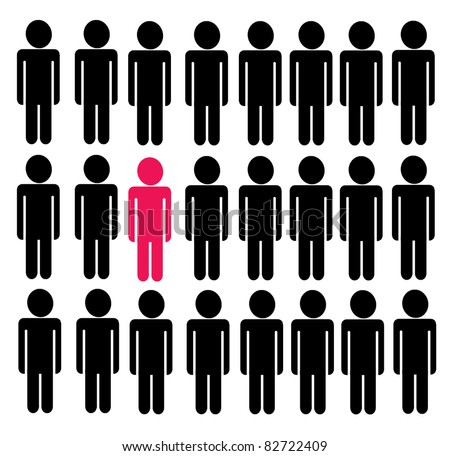Both,
economy and politics, are two concepts very difficult to understand, people
that understand both concepts well enough, understand that these two concepts
are actually very connected to each other, they affect each other, and we often
confuse each other by mixing them together. To satisfy a people’s needs and
wants, every society develops a system of roles and norms that governs the
production, distribution and consumption of goods and services. This system is
called the economic institution. An Economic institution is different
than a political institution, the system of roles and norms that governs
the distribution and exercise of power in society. Different political
institutions choose to take to practice different economic institutions, these
two kinds of institutions are what form every country’s government. There is
much more to these institutions and systems than only this.

Economic systems are all about who controls the
factors of production, resources needed to produce goods and services,
either the people, or the government. All economic systems comprise three main
sectors: Primary Sector, which deals with the extraction of raw
materials from the environment, the Secondary Sector, which concentrates
on the use of raw materials to manufacture goods, and the Tertiary Sector,
which is composed of providing services. Economy is basically is not all the
same, it has many economic models. In capitalism the factors of
production are owned by individuals rather than by the government. In Socialism
the factors of production are owned by the government, which regulates economic
activity. In the picture below, you can see in the spectrum how economic points
of view, or practices, change radically from one perspective to another.
Capitalism is a form of economy where the
people own the means of production. The economy is basically determined by the law
of supply, states that producers will supply more products when they can
charge higher prices and fewer products when they must charge lower prices, and
the law of demand, states that consumers will demand more of a product
as the price of the product decreases. Capitalism is known as a term called laissez-faire
capitalism, which is French for “let the people do what they want to do”.
Today we find free-enterprise systems thanks to capitalism limiting
government control of business in economy. Another innovation capitalism has
brought are corporations, a business organization that is owned by
stockholders and is treated by law as an individual person. A problem that
tends to happen on capitalist economies is the formation of an oligopoly,
the market situation in which a few large companies control an entire industry.
Totally opposite to Capitalism is communism,
a political and economical system in which property is communally owned.
Sometimes communism leads to totalitarianism, when this happens, those
in power exercise complete authority over the lives of individual citizens.

Types of Governments
There
are many types of governments that make politics. There is democracy,
power is exercised through the people, monarchy is a type of government
in which one person rules, constitutional monarchy where the monarch is
nothing but a symbolic head o state and democratic socialism which is
the combination of a democratic government with a socialist economy. All these
systems have been democratic, except for the monarchy, but there are also other
systems, authoritarian systems. Here we include governments based on authoritarianism
where power rests firmly with the state. Examples of these kinds of systems are
absolute monarchy, an authoritarian system in which the hereditary ruler
holds absolute power. A dictatorship, an authoritarian system where all
the power is in hands of one individual only, when a little group has seized
the power from a previous government, they become a junta. When there is
a group trying to seek and gain power by legitimate means, it is called political party.
The
final question then is, why do these two affect each other? Well, throughout
history, it is clear how authoritarian governments have always had
socialist/communist economies, while democratic governments have had less
socialist and capitalist economies, that is how politics could change economy
and how economic institutions shape political institutions, which in the end,
were a little more similar than anybody ever thought they were.



